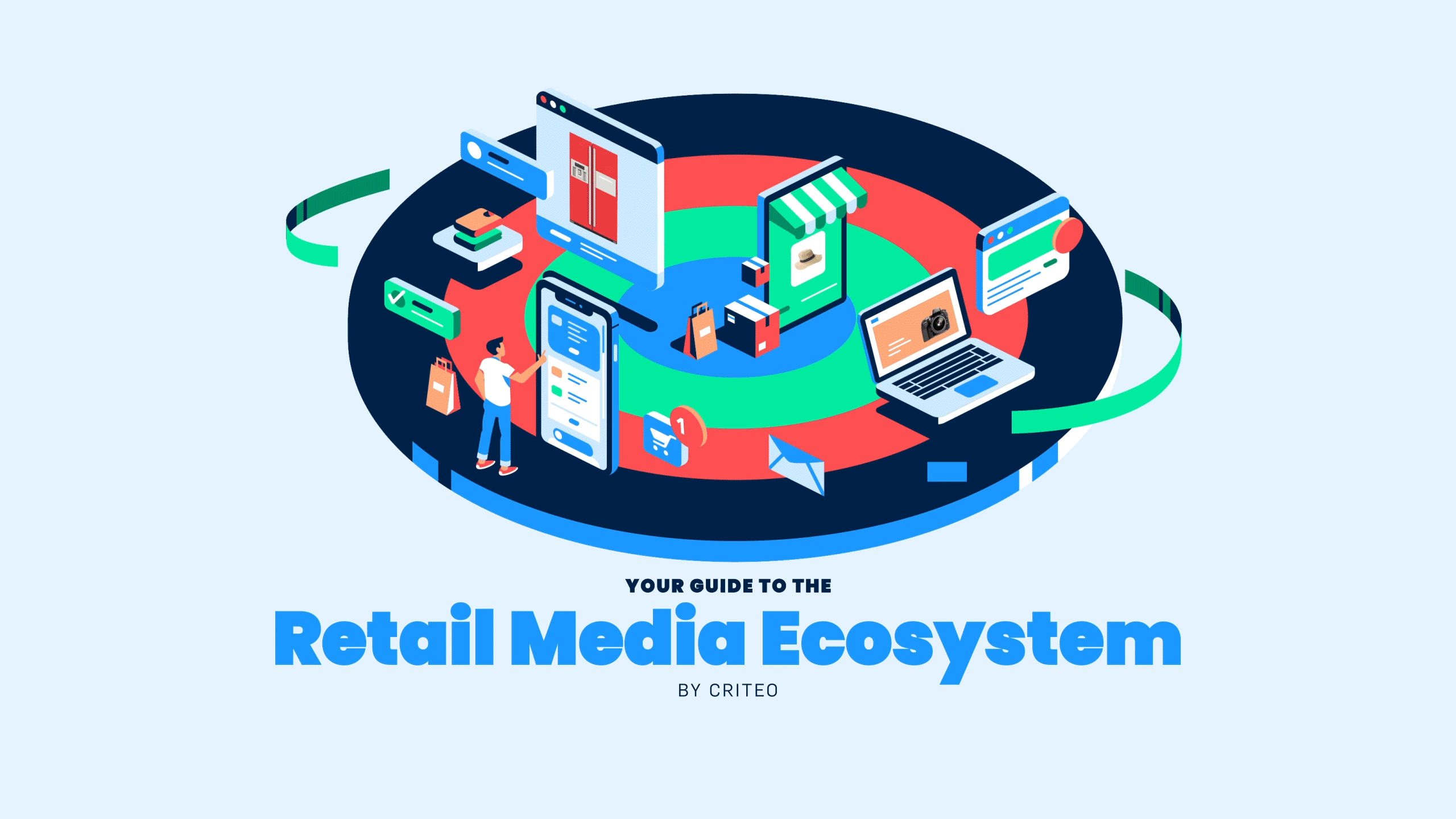

In recent years, there have been a number of seminal moments that have changed the trajectory of marketing and advertising. The mobile explosion … social media’s epic rise … the shift to audience targeting … the regulation of consumer privacy. Now, the industry is facing another of these moments—the ascent of the retail media ecosystem.
The concept of advertising to consumers at or near the point of purchase is hardly new. But as the shopper journey increasingly moves online, retail media provides an innovative way to advertise near the digital point of purchase. In this environment, messaging and offers can be targeted to consumers based on their shopping behavior and purchase history, and advertising spend can be directly tied to sales outcomes.
To understand what’s happening with retail media today, it helps to take a look back and ask, why now? There are three main reasons.

Consumers began shopping online in greater numbers and frequency before Covid-19, and the pandemic made even more people use digital-first commerce, a behavior that is likely to stick. According to new data from IBM’s U.S. Retail Index, the pandemic has accelerated the shift away from physical stores to digital shopping by roughly five years. As brick-and-mortar stores closed, marketers (particularly CPG) used to vying for shelf space increased investment in retail media to keep their products in front of consumers digitally and to secure that coveted first basket from ecommerce converts.

The second factor is the crumbling of the third-party cookie and its targeting infrastructure. As browsers restrict the use of third-party cookies, brand marketers are looking for other targeting methods that enable the kind of high-quality personalization consumers have gotten used to. They know that getting data directly from publishers is going to be an important part of their targeting strategies, and retailers represent a unique opportunity because they have product-level browsing and purchase behavior. And with the right technology in place, they can surface that data to brands in a secure and privacy-compliant way.

Organizations are facing a long road of economic uncertainty, which is why they are laser-focused on generating a return on every dollar spent. With retail media, brands have the unique ability to tie dollars spent on media directly back to online sales. Increasingly, retailers also are helping brands understand the relationship between digital media and offline sales, using loyalty card data to connect the dots.
So, you get it—these factors have created a trifecta of opportunity. Now is the time to act. But to truly take advantage of this moment, you need to know the ins and outs of the ecosystem and how everything works together.


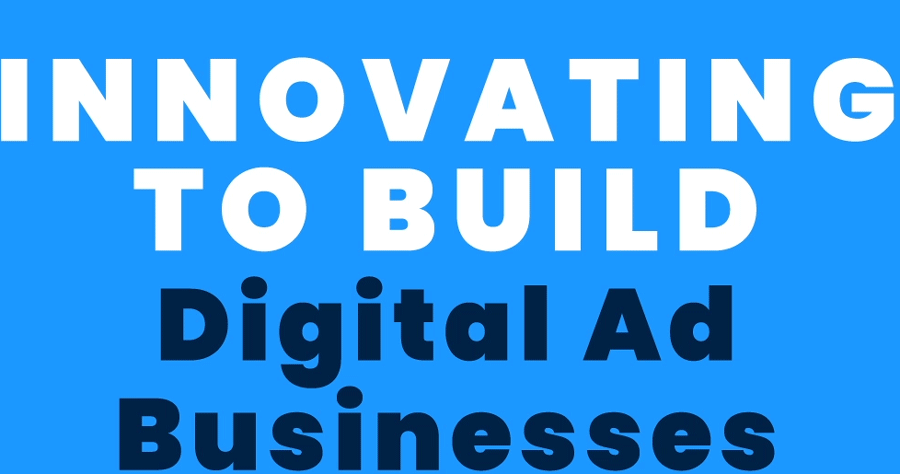
Retailers are the supply-side and foundation of the ecosystem.
Certain retailers, such as Target and Walmart, are now acting like true media organizations. Other retailers are just beginning their journeys. Retail media is an essential revenue stream that helps offset the cost of operating ecommerce, which is more expensive than selling in-store. It also fulfills the desire from brands to move shopper and trade dollars to digital channels that provide transparent results.
To offer retail media opportunities to brands, retailers need new technology and sometimes even new teams. They are competing with incumbents (like Amazon) that have been developing offerings for years and can provide advertisers with tools to view real-time analytics and easily manage and optimize campaigns. Many retailers choose to work with ad-serving technology partners that can help them get to market faster, as well as maintain and expand functionality over time.
At the same time, retailers need to shift their mindset. In a traditional retailer-brand relationship, the retailer is the customer. It buys products from brands and then sells them to consumers. When a retailer acts like a media company, the brand becomes the customer, and the retailer needs to accommodate brand asks. By providing flexible buying options for brands, retailers can tap into more budgetary sources and drive up ad revenue.


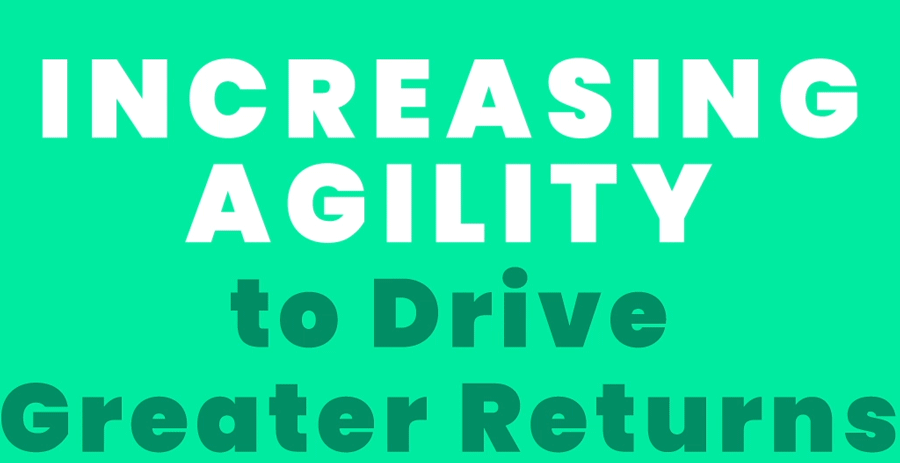
Brands act as the demand side of the ecosystem. CPG, food and beverage, beauty, apparel, home furnishings, toys, and consumer electronics are all key categories. Brands across the spectrum such as Procter & Gamble, Levi Strauss, The Honest Company, Estée Lauder and Samsung are all active on retail media platforms. The key benefit for brands is getting in front of consumers who are ready to purchase. Sure, Google might have reams of personal behavior data, but the search engine is nowhere near the final point of sale.
The pandemic has accelerated the retail media opportunity as consumers are trying different brands, retailers and fulfillment options. According to recent McKinsey data, three out of four Americans have tried a new shopping behavior since the pandemic began. Brands know that this window of opportunity won’t last forever and are eagerly working to get in front of consumers who are open to trying new things.
As shoppers are diversifying where they shop, brand marketers are quickly reacting to follow the eyeballs. They also want to make their media mix more responsive to what is happening in their supply chain. Now more than ever, brands and agencies need to be able to move dollars fluidly to react to unexpected surges in demand. They also need ways to optimize campaigns based on factors such as the products their retailer partners are prioritizing or what delivery times and options are available. This type of optimization requires flexible tools to test different strategies, as well as transparent and robust reporting.

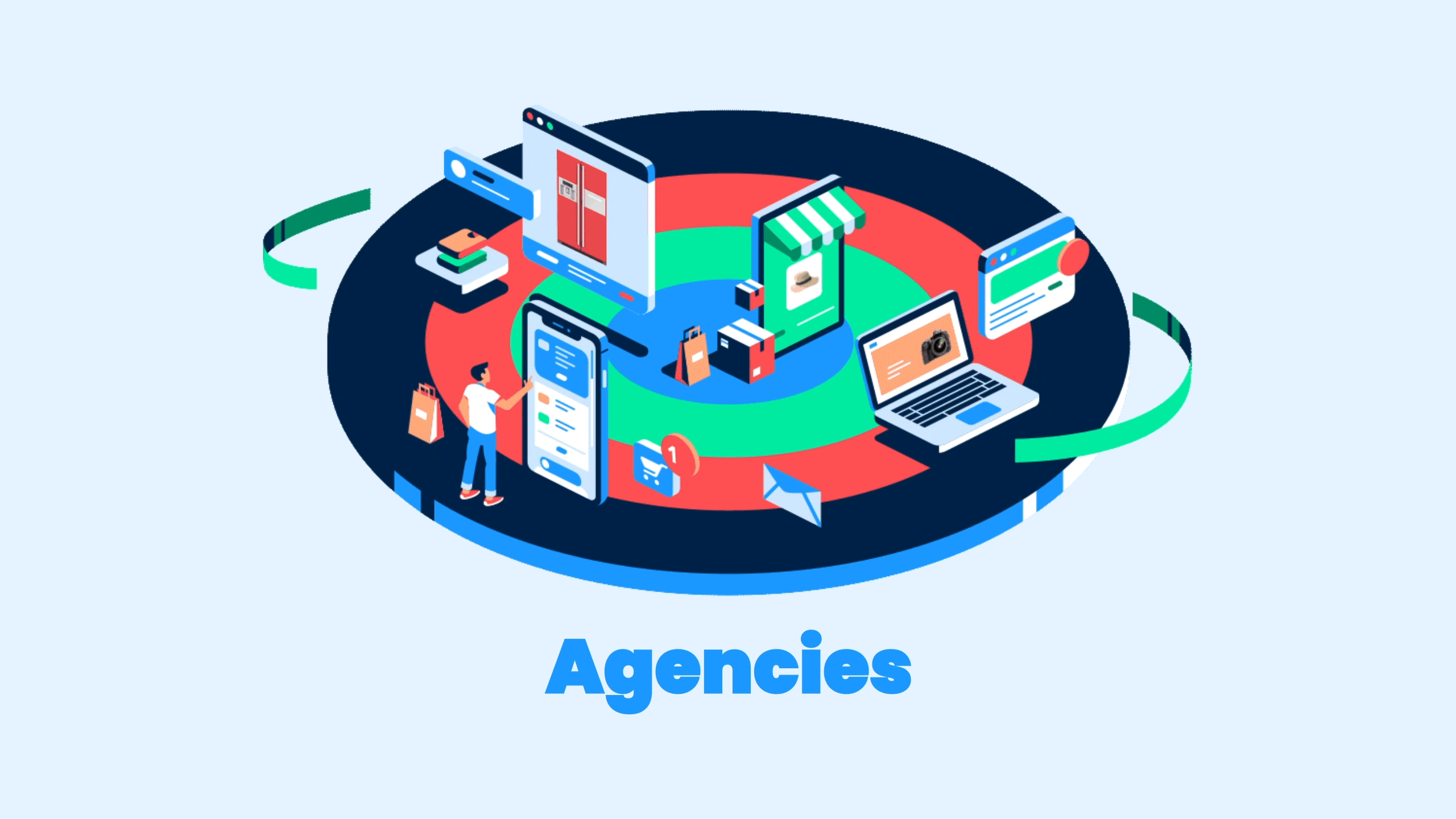

Working on behalf of brand clients, agencies make up the second piece of the demand-side equation. For brands, the lines are blurring between traditional media, digital and shopper marketing budgets. Ecommerce and shopper teams are now working with their agencies and national media teams on retail media strategies. Agencies see retail media as the next frontier for services, and they are striving to help brands deliver impactful performance by breaking down channel silos.
Until recently, brands have focused a lot of their digital retail media attention on Amazon, but agencies are helping them to develop strategies at all of their wholesale retail partners. Sure, Amazon is huge and can’t be ignored, but many brands feel they are putting too many of their media dollars in one basket. Diversifying channel strategy enables brands to get in front of more shoppers who are switching where and how they buy. Moreover, Amazon is highly saturated with advertisers, so now may be the time for brands to take advantage of lower prices and better placements with other retail partners where the competition is less stiff.
As with how they purchase other types of media, both agencies and brands are looking to buy retail media through a smaller number of self-service platforms. They also want familiar digital tools that enable them to apply concepts from other media channels into retail. Lastly, brands and agencies expect full transparency for both pricing and media inventory, so they know exactly where ads appeared and what was paid for them.

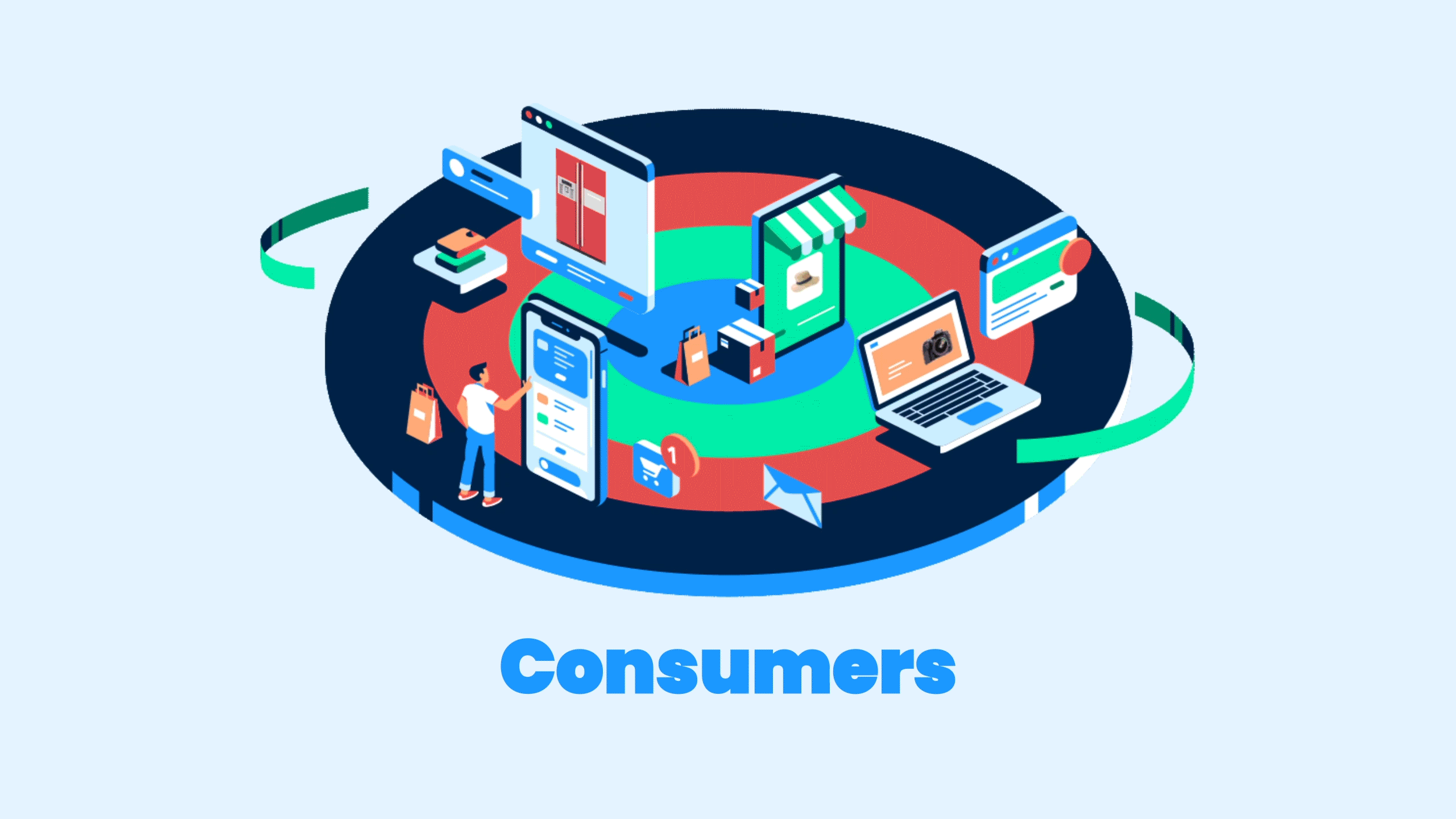

Consumers’ high expectations and desire for personalized advertising are driving forces behind retail media.
Consider what consumers now expect from online retail. Amazon has raised their expectations around free, fast shipping, and to compete, other retailers now must offer similar perks. Amazon can offer these benefits while also keeping prices low due in large part to its advertising revenue stream, which eMarketer estimates will eclipse $13 billion in 2020. Other retailers have followed Amazon’s path by offering the retail media opportunities that shoppers engage with and brands crave.
It’s important to note that these retailers need to balance maximizing ad revenue with preserving the shopper experience to continue driving organic product sales. For instance, ad relevancy is more important for retailers than traditional publishers, and for this reason, retailers often turn to highly specialized technology partners. For example, by leveraging AI, retailers can ensure that a shopper only sees ads for products that are relevant to that shopper’s search terms.
Simply put, retail media is a win-win for consumers who only see lower prices and more innovative, personalized experiences.


In the natural world, ecosystems require balance. The same is true for retail media—if one part fails, the entire thing gets thrown out of whack. It can’t function if even one player decides to sit out or fails to act with care.
Retailers and brands need each other to drive product sales. Retail media perfectly supports this joint goal.
The retail media opportunity is huge for both the buy side and the sell side, but neither can tap into that opportunity if the other isn’t willing to play. The pandemic has only accelerated the desire for collaboration. Between the ecommerce surge and supply chain uncertainty, the interconnectedness of retailers, brands and agencies has come into into sharp focus.
Retail media provides many opportunities for retailers and brands to collaborate. They can share consumer insights, tweak creative and targeting tactics, and inform data-driven marketing strategies. Forward-looking retailers and brands can share responsibility for the full customer experience, and measure success with sales metrics and beyond. One clear example is the measurement of customer lifetime value. Only together can brands, retailers and agencies learn more about shoppers and fuel long-term growth.

Retail Media by Criteo allows retailers to drive incremental revenue by providing tools that make it easy for brands and agencies to manage retail media campaigns, while also maintaining control of the shopper experience. To find out more, head to criteo.com/products/retail-media-for-brands.
Illustration and motion by Sail Ho Studio



 Built with Shorthand
Built with Shorthand





